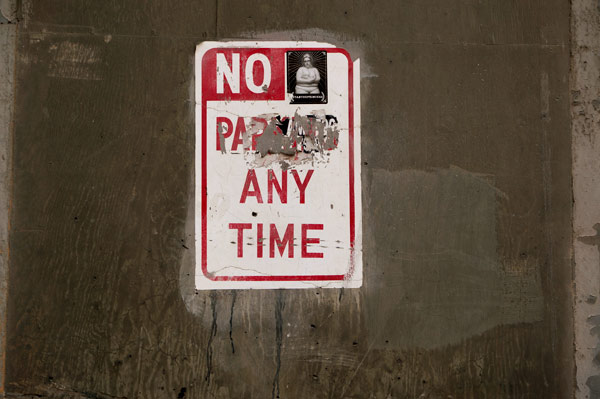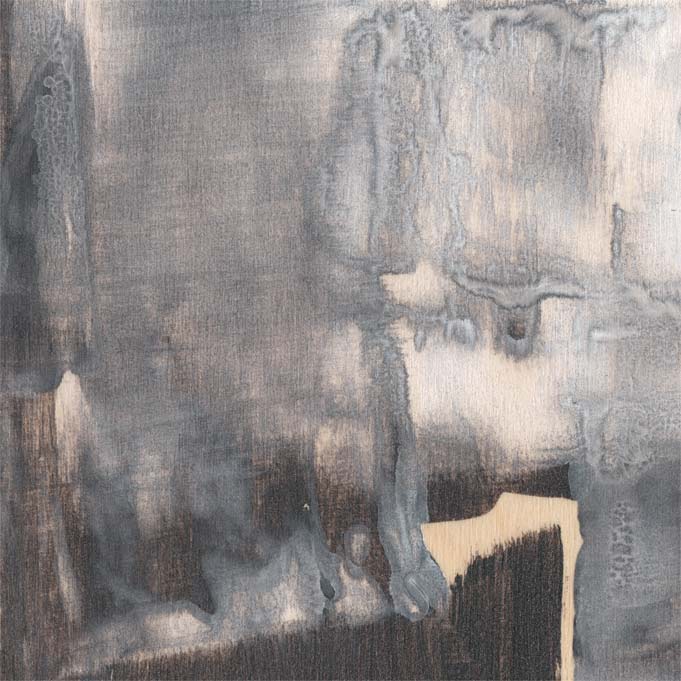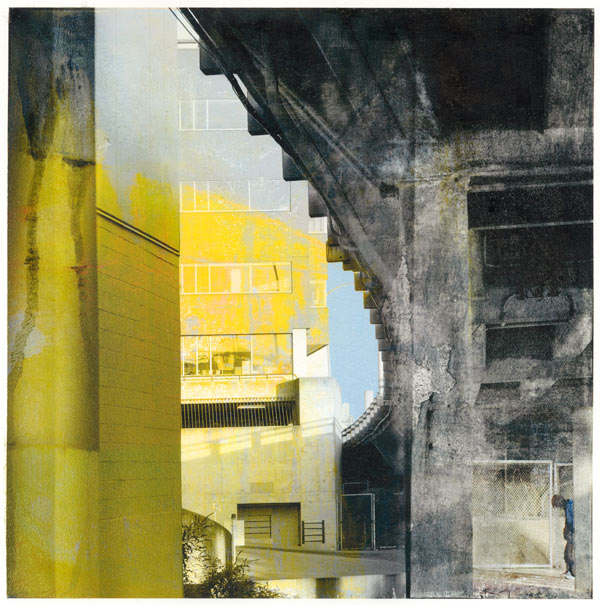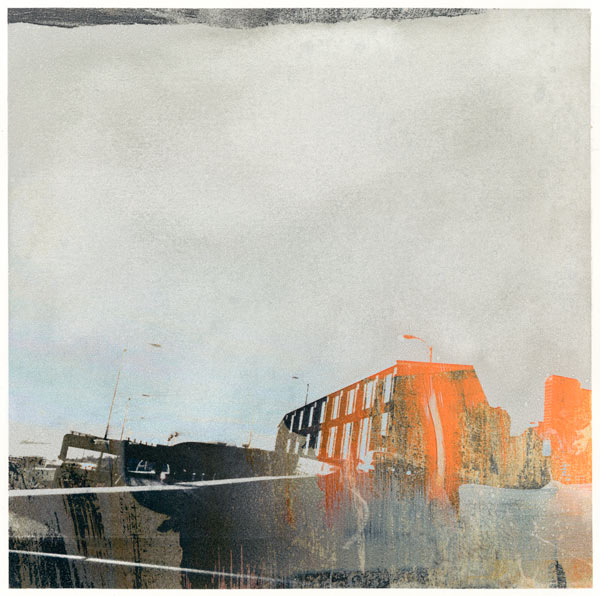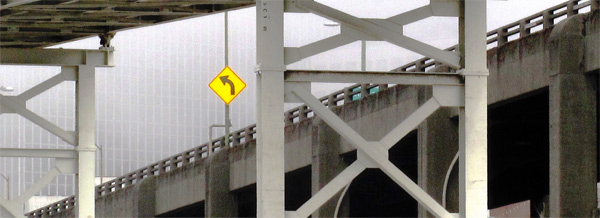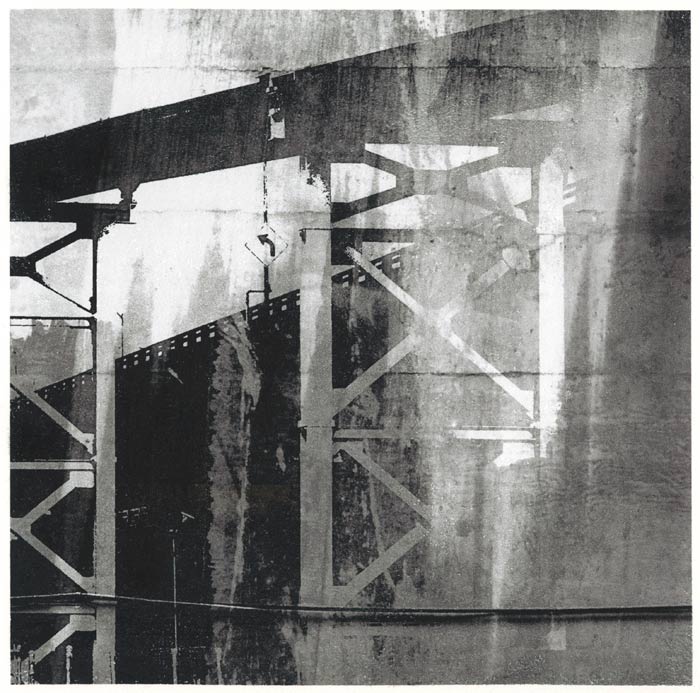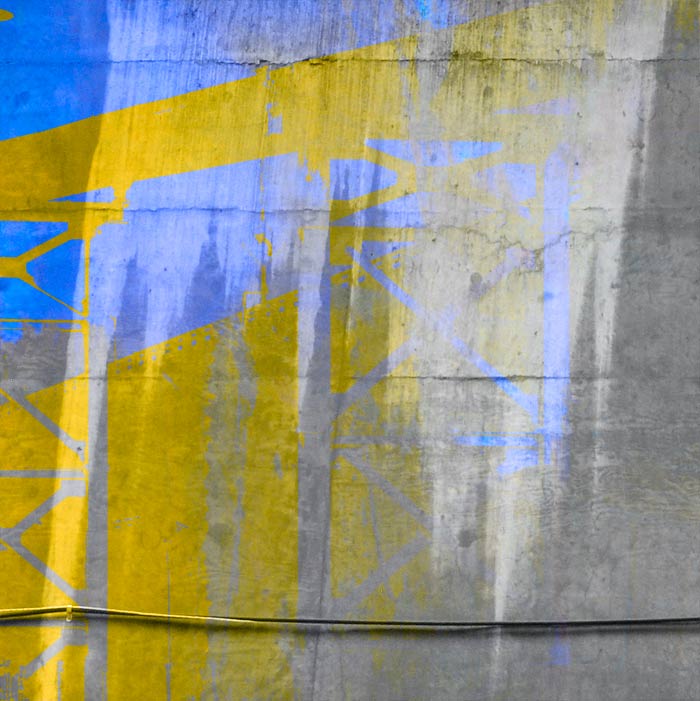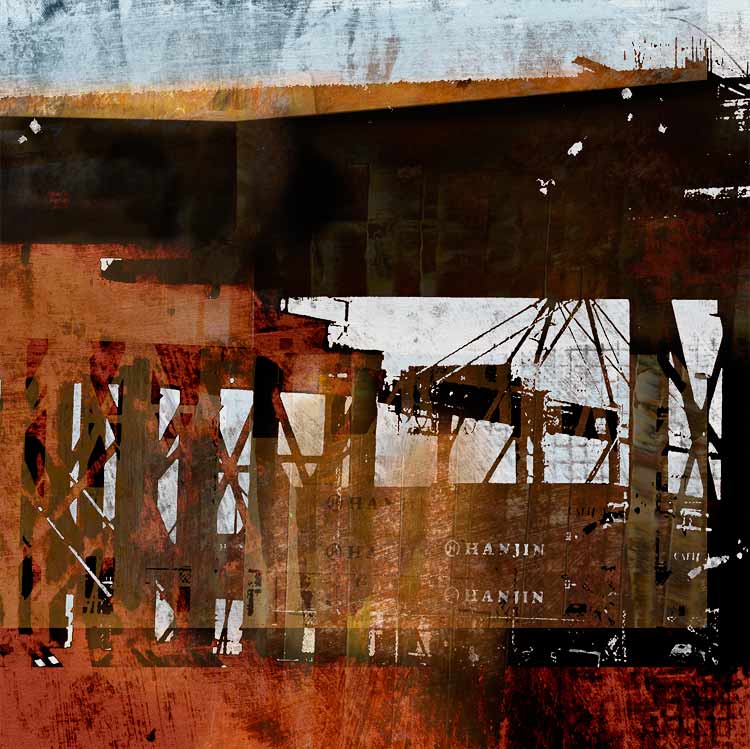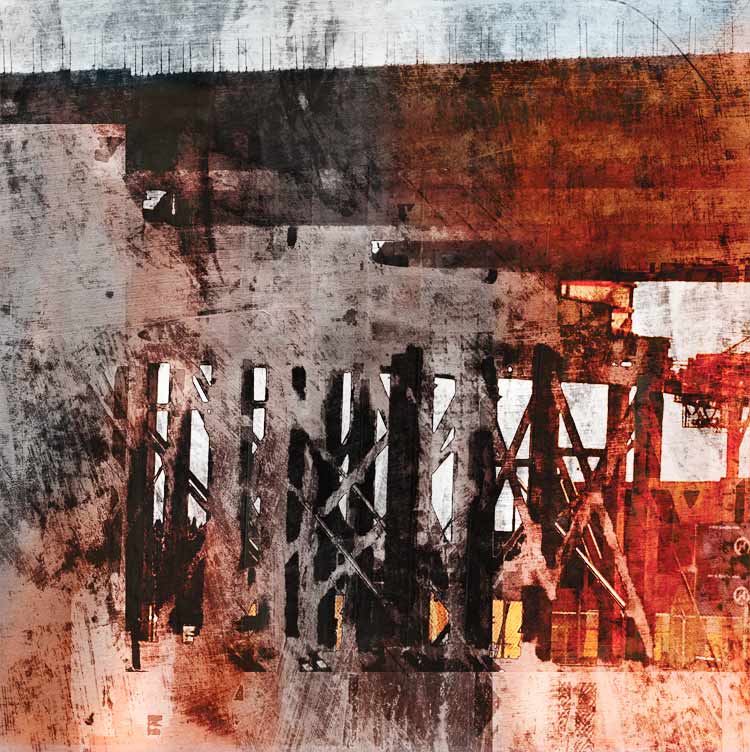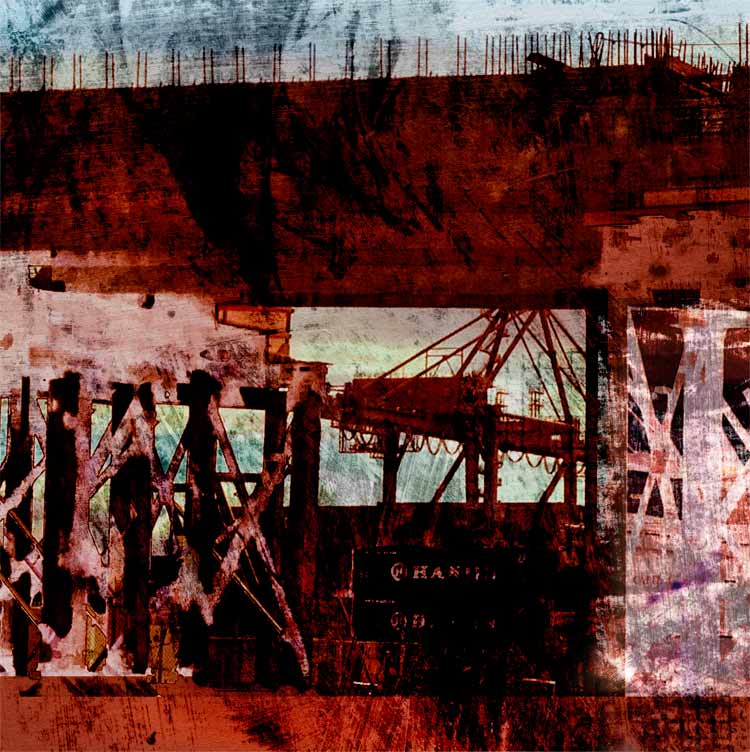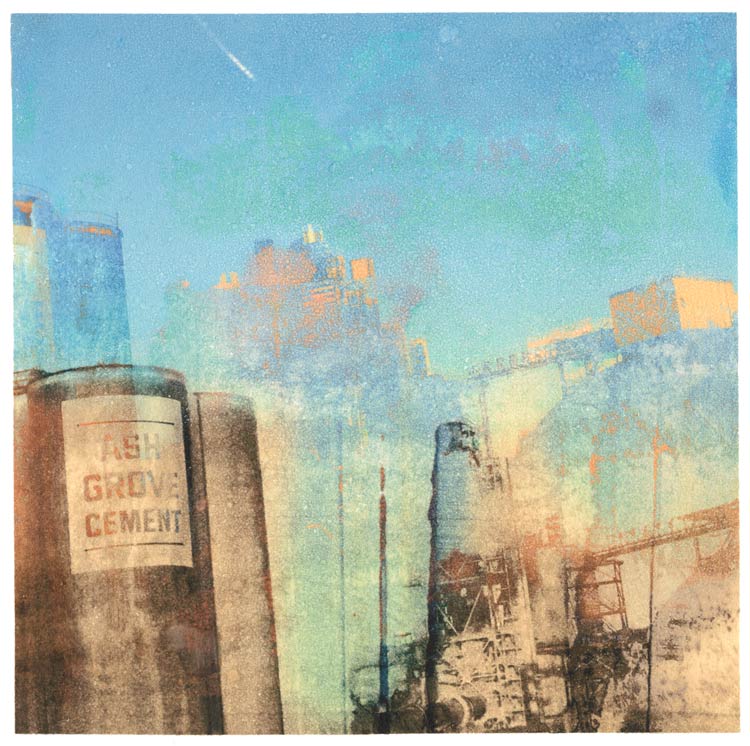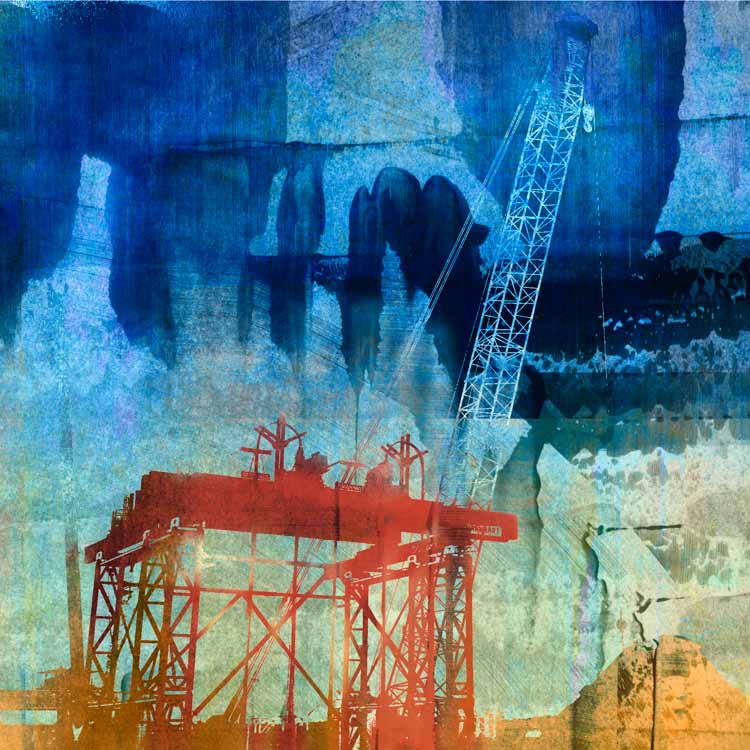I am thinking today about Banksy and about Keats. Why those two in one thought you might wonder, the romantic English poet and the bandanaed vandal? The answer lies in the idea of “negative capability,” first expressed by Keats in a letter about Shakespeare:
“… Negative Capability, that is when man is capable of being in uncertainties. Mysteries, doubts, without any irritable reaching after fact and reason.’ (And elaborated later in another letter): “What shocks the virtuous philosopher delights the camelion Poet… A Poet is the most unpoetical of anything in existence, because he has no identity, he is continually filling some other body.’
I walk the waterfront in a cold spring rain, the water scuffed and gray, the Wheel paused mid turn and the roar of the viaduct behind me. The grind of traffic, the wind, the absent sun, the intense quiet within the noise. I look up, and there in the distance is the pale poet walking the daffodils and Lakes of England, and Banksy, spray painting a dark silhouette with a bright bouquet, or something darker with no flowers at all. A sly Rat, or a girl in windy skirt, holding the string of a balloon. Perhaps the beginning of a vine growing out of the sidewalk cracks. The poet disappears into symbol and reverie; the vandal tags walls with stenciled archetypes which look like “anybody could do it.” What Banksy has given us is a new appreciation of the wall as poet’s page writ large. We get to hold the irreconcilable opposites of fame and anonymity, of violation and communion, of alienation and mediation — offerings placed in front of the walker in the city, if we are prepared to see them.
I look back at the viaduct pillars and the empty parking lot. I look for the train tunnel, but it is gone, hidden behind a noise barrier put up for new condominiums. It is easy to become mesmerized by tracings in the concrete, the scribbles that seem like words but are not, the peeling banners, the errant sticker placed there for no reason other than that it was at hand height and the light was fading and someone had to move fast. I am distracted by a shifting memory of the afternoon when I last saw the tunnel, and the writing there spilling into the dark. Where is that photograph, taken with the Canon, was it 1998?
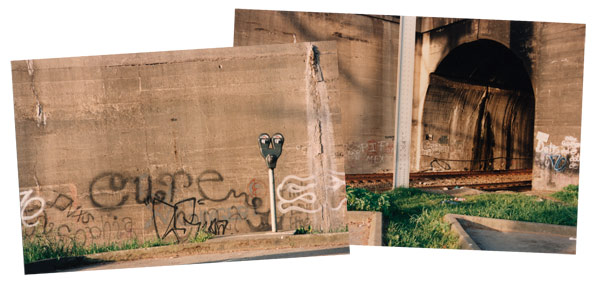
When I get home I find this among dozens of new pictures on my phone:
And then I walk out into my garden and look at my standard concrete garden Buddha and remember some other photos.

And then I paint some paintings for a day or so, thinking about rust and dirt and the city and the Seattle sky.
And look at a lot of graffiti and start moving things around on 44 layers in three different files: Which is how the print above, “Banksy Was Not Here: Street Buddha Manifestation” manifested. (In answer to the person who asked me “Where is that wall?”)
Which is how the print above, “Banksy Was Not Here: Street Buddha Manifestation” manifested. (In answer to the person who asked me “Where is that wall?”)
This and ten other transfer prints in a series about the Alaska Way Viaduct are available at Zeitgeist for the Month of April.
